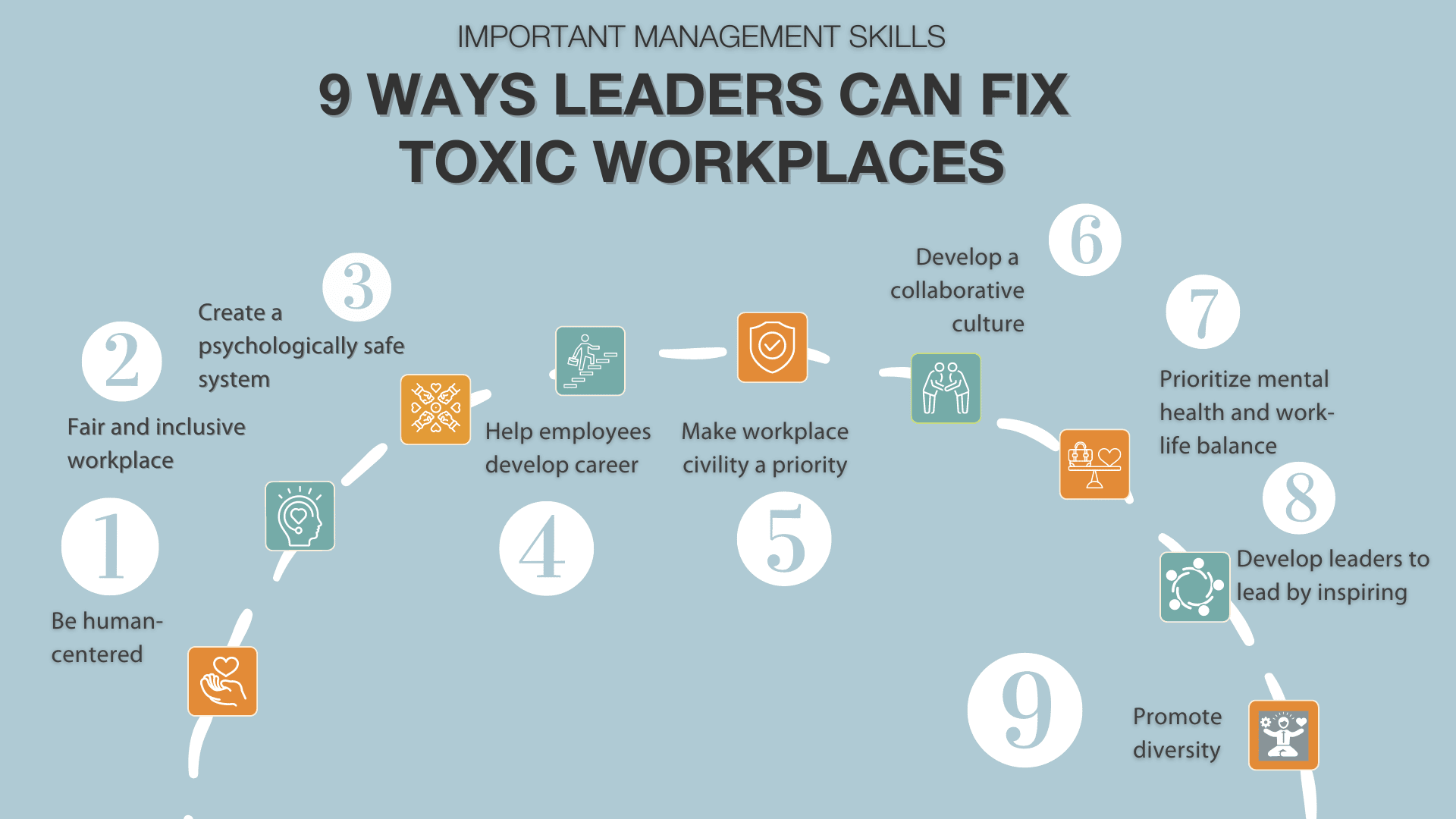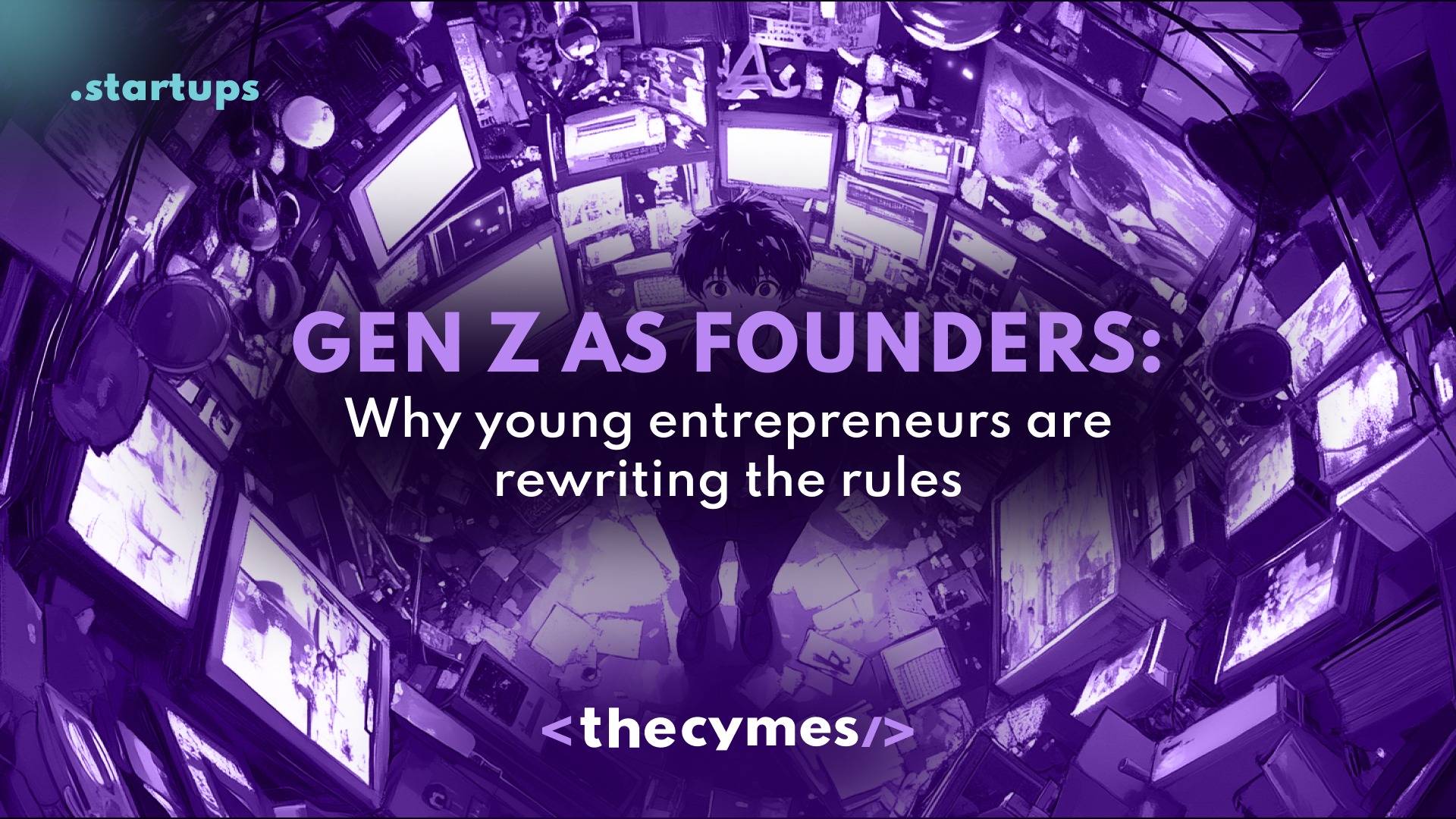Table of Content
Stop guessing what employees want: Focus on these 3 essentials
/>Discover the 3 essentials every employee truly values and how focusing on them can boost morale, loyalty, and performance.3 things that really matter to employees at work – do you offer them?
Forget about corporate parties and free pizza; people don't leave because there's no table tennis in the office. They leave when they don't get three basic things, without which any job becomes torture.
We are used to hearing polite excuses: “I'm looking for new challenges”, “I want to grow professionally”, “I need a better work-life balance”. But the truth is simpler and harsher. Most decisions to change jobs boil down to three fundamental needs.
Everything else is just extras. Useful, pleasant, but not critically important. You can organize as many team-building events and buy as many ergonomic chairs as you like, but if basic needs are not met, people will still look for a way out. In this article, we will reveal three keys to keeping talent in your team for the long term.
1. Protection from toxicity – a shield that everyone neglects
Prepare for a shock: the most talented employees don't leave for higher salaries or cool projects. They flee from toxic colleagues. And they do it faster than you can figure out what's going on.
One destructive person on a team can undermine the efforts of five productive ones. But most managers think, “Come on, they're adults, they'll work it out”. They won't. The good people will just leave, and the problem ones will stay because they have nowhere else to go.
Here's the paradox: we spend months looking for the perfect candidate and are willing to put up with months of destructive behavior from someone who is already on the team. It's ironclad logic, right?

Image from ACESENCE agile leadership
What is toxicity in a workplace?
It is not necessarily overt aggression or scandals. Toxicity is the constant undermining of other people's ideas, devaluing the efforts of colleagues, and creating an atmosphere of mistrust. It is a person who turns every meeting into a minefield where everyone is afraid to speak up.
A toxic employee may be professionally competent, even brilliant. But their emotional impact on the team outweighs any benefits. They are like a virus – slowly infecting everyone around them with cynicism and apathy.
Why are talented people particularly vulnerable?
Strange but true: the better a person is, the quicker they walk away from toxicity. Mediocre employees have fewer options, so they put up with it. But good employees always have a choice.
Talented people are used to a constructive environment. They expect their ideas to be discussed on their merits, not dismissed because of someone else's insecurities. When that doesn't happen, they don't try to change the situation – they leave it.
Moreover, good specialists understand their value. They know they can find a place where they will be respected. Why waste energy fighting toxicity when you can just move to a place where it doesn't exist?
How to create a protective system
The first step is to acknowledge that the problem exists. Many managers live under the illusion that “everything is fine here”. Conduct an anonymous survey about the psychological climate. The results may be shocking.
The second step is zero tolerance for destructive behavior. It doesn't matter how valuable an employee is professionally. If they poison the atmosphere, they must either be corrected or let go. There is no third option.
The third step is to create a culture of mutual respect. This is not about political correctness, but about basic human dignity. People should feel safe expressing their ideas and making mistakes.
The economics of toxicity prevention
The math is simple: replacing one toxic employee is cheaper than finding replacements for three good employees who left because of them. But most companies think the opposite because they only see the direct costs and ignore the hidden ones.
The hidden costs of toxicity: reduced productivity of the entire team, increased stress and sick leave, a decline in the quality of hiring (good people refuse to come), and reputational damage (employees talk about problems to the outside world).
Protecting against toxicity is not an HR whim. It is basic business hygiene, like washing your hands in medicine. Without it, all other efforts to build a strong team are meaningless.
2. Smart colleagues – an environment that encourages growth
No one wants to remain the smartest person in the room forever. People strive to develop, and development happens fastest alongside those you respect.
Strong professionals seek challenges. They need stability, but along with it – intellectual stimulation. A team of sharp, thoughtful, curious people is more motivating than any job title or KPI.
If your team consists of average performers who never push the boundaries, your best employees will quietly leave for a place where they feel like newbies in a good way.
But that doesn't mean chasing pure IQ. It's about hiring people who ask the right questions, give meaningful feedback, and are willing to admit mistakes. It's about creating an environment of continuous learning – through debate, collaboration, code reviews, and customer reviews.
A learning culture is a competitive advantage
A strong learning culture does more than just retain talent. It creates institutional resilience. When people feel that they are improving simply by coming to work, you don't need carrots and sticks. The work itself becomes the reward.
I have seen teams where every meeting turned into a master class. Where senior developers patiently explained architectural solutions and designers shared insights about user experience. In such teams, turnover is minimal and results are maximized.
The opposite example is swamp teams, where no one learns anything for years. Where the same people do the same tasks using the same methods. Everyone capable of more leaves such places.
The recipe is simple: hire people who are smarter than you, encourage knowledge sharing, and create situations for intellectual clashes of opinion. And be prepared to be persuaded sometimes – that's a sign of a healthy environment.

Image from FreePik
3. Product momentum and success – the energy that drives you forward
You can pay well and assemble a dream team. But if the product isn't moving forward, people will lose steam.
Everyone wants to feel like they're part of something that works or something that's about to work. It's about traction, clarity of purpose, and belief that progress is real.
People don't need perfect results. They need forward movement. When a product gains users, solves real problems, or opens up new opportunities, it energizes the team. It confirms the feeling that time spent here is not wasted.
The lack of momentum, on the other hand, creates resistance. Teams lose their sense of urgency. Strong specialists feel stuck. Meetings turn into exercises in maintaining optimism rather than planning.
How to communicate progress to your team
You don't have to win the market every quarter. But you need to show the path to victory and explain to everyone how their work contributes to the overall movement.
As a leader, you must regularly and honestly communicate the progress of the product. Highlight real achievements. Be open about failures. And most importantly, link individual work to company goals.
People are willing to move mountains when they believe they are running toward something meaningful. But if they can't see the finish line or don't understand why they are running, their enthusiasm quickly fades.
Practical advice: create a ritual of weekly product updates. Show metrics, tell user success stories, explain how current tasks affect the big picture. Turn abstract goals into concrete steps.
What about the rest?
“Wait a minute,” you might say, “what about flexibility? Corporate culture? Work-life balance?” These are important, but they act as amplifiers, not drivers.
A strong culture makes the three main factors more sustainable. Flexibility helps retain talent, especially when the work and people are already at a high level. But no one stays at a job just because of remote work or free snacks.
Hierarchy of needs in action
Imagine an employee's pyramid of needs:
- Base: protection from toxicity, smart colleagues, a growing product
- Middle: corporate culture, fair pay, career development
- Top: perks, office goodies, team building
If the base is shaky, everything else will collapse. But if the base is solid, you can build an impressive superstructure.
People don't leave because of a lack of cookies or the wrong slogans. They leave when they don't feel appreciated, can't develop, or don't believe in what they do.
A harsh reality check
If you don't protect against toxicity, even an excellent salary won't keep sane people around. If the team doesn't learn from each other, remote work won't fix stagnation. If the product is stuck in place, even the safest atmosphere will seem like a stagnant swamp.
Get the basics right, and the rest will be optimization. Get the basics wrong, and everything else will turn into a struggle with the consequences.
Practical steps: where to start tomorrow
On protecting against toxicity:
- Conduct an anonymous survey on the psychological climate in the team
- Set clear boundaries for acceptable behavior and the consequences of violating them
- Respond immediately to complaints about destructive behavior by colleagues
On the team:
- Assess the intellectual level of each hire
- Launch knowledge-sharing practices (code reviews, design critiques, retrospectives).
- When hiring next, set the bar higher than the team average.
For the product:
- Introduce weekly updates on product progress.
- Clearly explain how each person's work relates to the overall goals.
- Celebrate and analyze all victories, even small ones.
Focus on the essentials
In an era of HR trends and corporate innovations, it's easy to get lost in the details. But if you remember only one thing from this article, let it be this: people stay where they feel protected from negativity, can grow intellectually, and see the results of their efforts.
Everything else is a nice bonus. Important, but not critical. Focus on these three fundamentals, and you will create a place where people don't want to leave. Not because they have nowhere else to go, but because they have no reason to.
Ultimately, the best way to retain talent is when employees don't even consider other options. Not because they are afraid of change, but because they have already found what they were looking for: a place where they can safely be themselves, grow, and create something meaningful.




